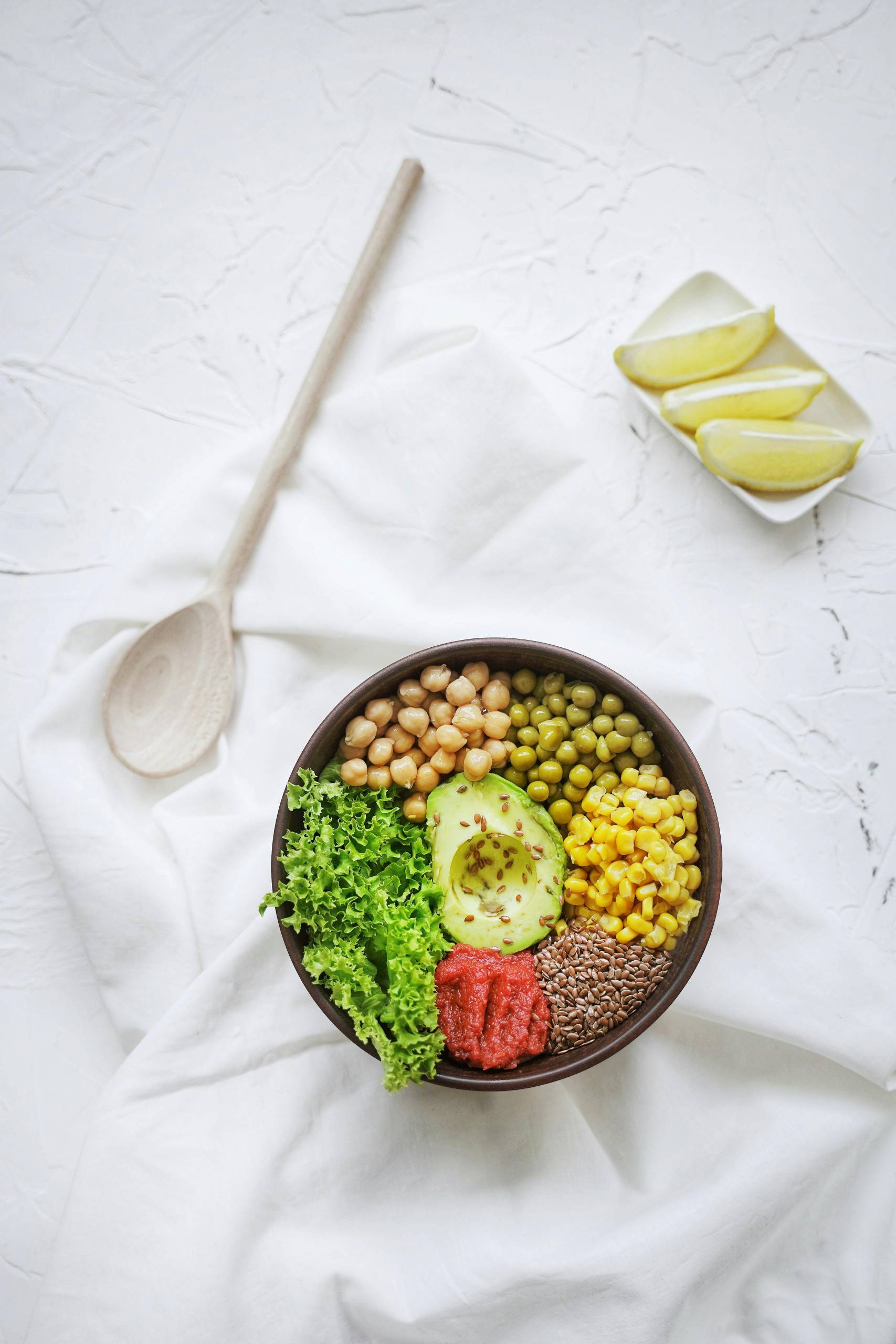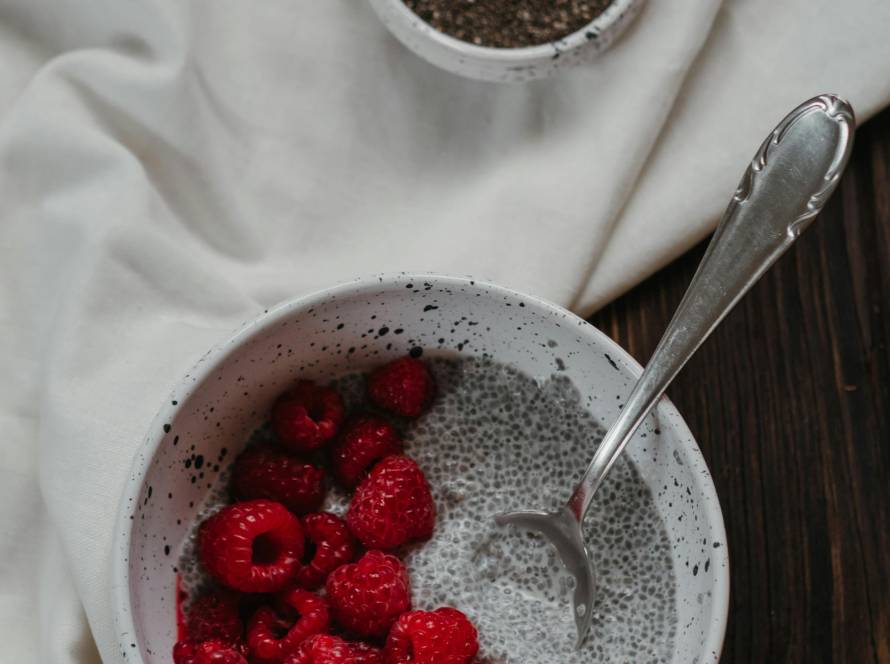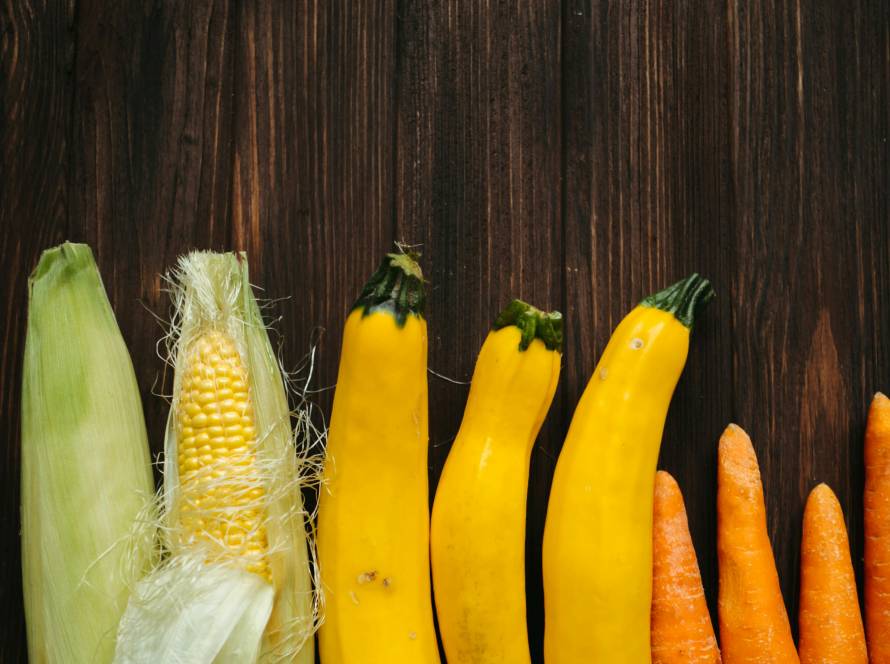Common Gluten-Free Mistakes You’re Probably Making
Embarking on the journey of gluten-free baking can be exciting, but it’s essential to know that baking without gluten comes with its own set of challenges. Whether you’re new to a gluten-free lifestyle or are looking to refine your celiac-friendly recipes, understanding the common mistakes is key to perfecting your wheat-free cooking skills.
Understanding the Basics of Gluten-Free Baking
Before diving into the common pitfalls, it’s important to understand what makes gluten-free baking different. Gluten provides structure, elasticity, and chewiness in traditional baked goods. Without it, achieving the right texture and taste requires specific techniques and ingredients.
Top Gluten-Free Mistakes to Avoid
1. Using a Single Type of Flour
One of the most frequent mistakes people make in gluten-free baking is using only one type of flour. Unlike wheat flour, gluten-free flours each have unique textures and flavors. A balanced blend often results in better texture and flavor.
- Combine two or more gluten-free flours like rice flour, almond flour, and tapioca starch.
- Consider using pre-made gluten-free flour blends for convenience.
2. Skipping the Binders
Another crucial oversight is forgetting to add binders. Gluten-free baking relies on binders like xanthan gum, guar gum, or psyllium husk to provide structure and prevent crumbling.
Tip: Always check your gluten-free flour blends — some already include binders!
3. Ignoring Moisture Content
Gluten-free baked goods tend to be drier. Adjusting moisture levels can make a significant difference. Adding ingredients such as yogurt, applesauce, or extra fats can improve your final product.
How to Improve Your Gluten-Free Recipes
Incorrect Measuring Techniques
Precise measurements are vital when baking gluten-free. Unlike traditional baking where slight variances can be forgiven, gluten-free ingredients require accuracy to achieve the best results.
- Always use a kitchen scale for weighing flour.
- When measuring by cup, spoon the flour into the cup and level it off without packing.
Neglecting Rest Time for Batter
Letting your batter or dough rest for 20-30 minutes before baking allows the flours to hydrate fully, which improves texture and reduces graininess.
Tips for Successful Gluten-Free Baking
Overbaking
Gluten-free goods can go from underdone to overbaked quickly. It’s best to slightly underbake and let them firm up during cooling to avoid a dry or crumbly texture.
Sticking Only to Traditional Recipes
Adapting traditional recipes often leads to disappointment. Start with recipes specifically formulated for gluten-free baking. These are tested and optimized for ingredients like gluten-free flours and binders.
Choosing the Right Ingredients
Overlooking Cross-Contamination
For those living a celiac-friendly lifestyle, cross-contamination is a serious concern. Always use clean equipment and dedicated gluten-free spaces to maintain safety.
Not Experimenting With Additives
Ingredients like chia seeds, flaxmeal, and oats (certified gluten-free) can boost texture and nutrition. Don’t be afraid to experiment!
Forgetting Texture Enhancers
Ingredients such as sour cream or mashed bananas help maintain moisture, giving gluten-free baked goods that desirable soft texture.
Maintaining Flavor in Gluten-Free Baking
Underseasoning
Sometimes gluten-free baked goods can fall flat on flavor. Adding more spices, extracts like vanilla or almond, and a pinch of salt can dramatically enhance taste.
Using Old Flours
Gluten-free flours can go rancid faster than wheat flour due to their higher fat content. Keep your flours fresh by storing them in the refrigerator or freezer.
Wheat-Free Cooking Tips for Home Bakers
Practice Makes Perfect
Don’t get discouraged. Perfecting your gluten-free baking takes time, experimentation, and patience.
Use Reputable Resources
Learning from trusted sources ensures you’re following celiac-friendly recipes. Check out the Gluten Intolerance Group for more expert advice and certified recipes.
Hidden Sources of Gluten Most People Miss
Going gluten-free isn’t just about skipping bread and pasta—gluten hides in many everyday foods and products that can easily derail your efforts. Even the most careful eaters often unknowingly consume gluten due to misleading labels, cross-contamination, or hidden ingredients. Whether you’re managing celiac disease or simply trying to live gluten-free, it’s crucial to know where gluten sneaks in. Below are some surprising places where gluten may be lurking, so you can avoid these common traps and stay truly gluten-free.
- Soy Sauce – Traditional versions contain wheat unless labeled gluten-free.
- Salad Dressings & Marinades – Thickeners and flavorings often contain gluten.
- Processed Meats – Sausages, hot dogs, and deli meats may have fillers or binders made from wheat.
- Oats – Naturally gluten-free, but often contaminated unless certified gluten-free.
- Seasoning Mixes & Spice Blends – Some contain anti-caking agents with hidden gluten.
- Imitation Meats & Seafood – Often use wheat-based binders or flavorings.
- Soup & Gravy Mixes – Commonly thickened with wheat flour.
- French Fries (in restaurants) – May be fried in shared oil with breaded items.
- Medications & Supplements – Some capsules use wheat starch as a filler.
- Lip Balm & Personal Care Products – Traces of gluten can be absorbed accidentally.
Final Thoughts on Gluten-Free Baking Success
Mastering gluten-free baking is a journey filled with learning and delicious rewards. By avoiding these common mistakes, understanding essential techniques, and experimenting with ingredients, you’ll craft wheat-free creations everyone will love. Happy baking!



